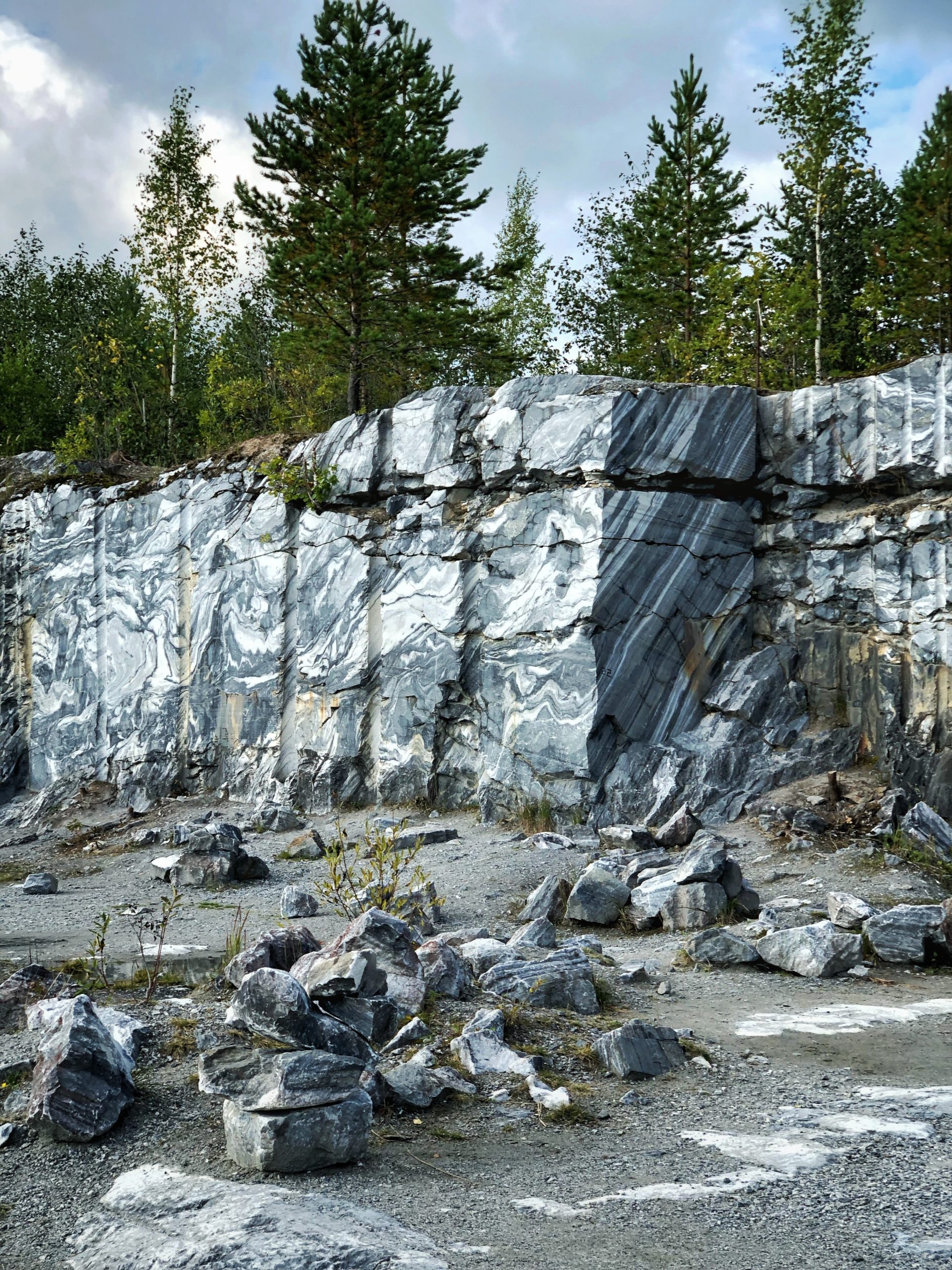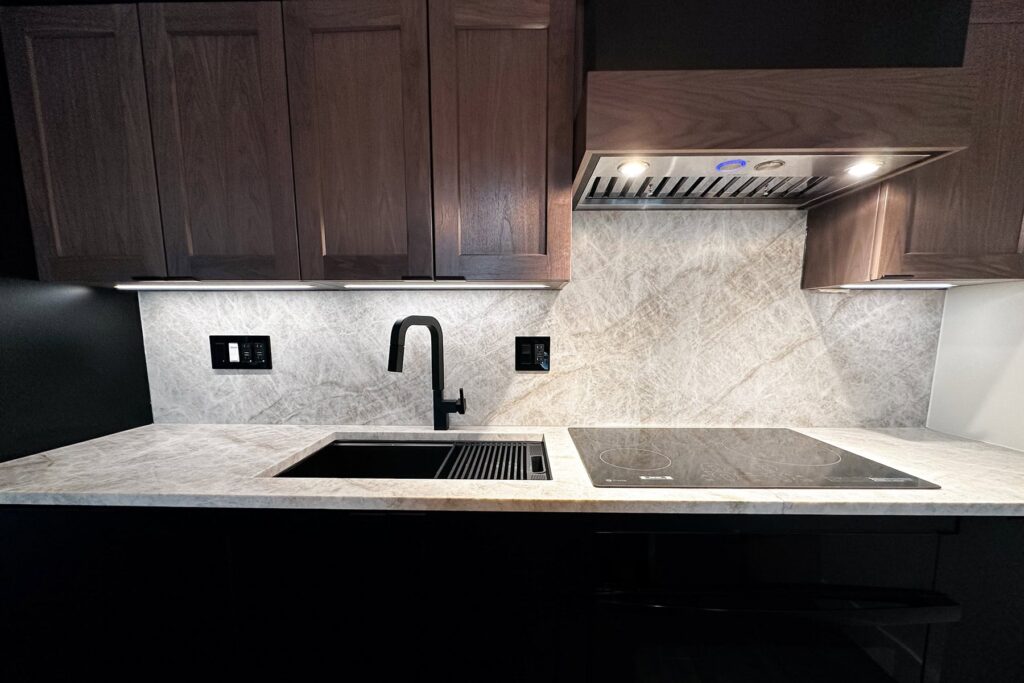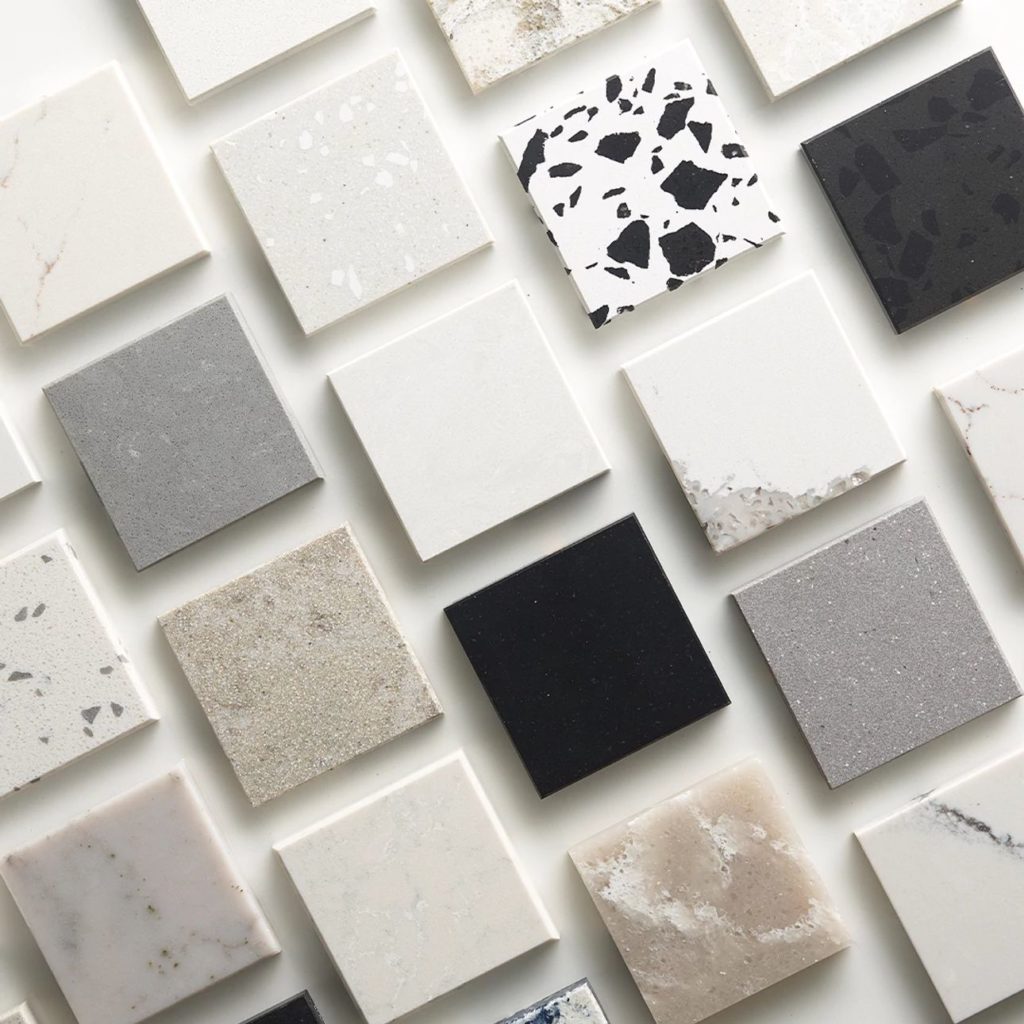It’s no surprise that we’re huge fans of marble. Let’s be real – who doesn’t like marble? It’s a beautiful and unique natural stone that adds elegance to any space. Because of its greatness, we thought we’d write a blog post touching on some specific marbles used to help build Ancient Greece.
One of the more notable marbles used for creating art was Parian marble. Parian marble is a fine-grained semi translucent pure-white and entirely flawless marble. Some other names it is known as include Paros White Marble, Paros Semi White Marble, Ash White of Paros Marble, Paros Marmor, and Marathi Marble. It was first quarried during the classical era on the Greek island of Paros in the Aegean Sea. The ancient Greeks valued it and primarily used it for making sculptures. Some notable sculptures include Venus de Milo, Hermes and the Infant Dionysus, Parthenon’s roof tiles, and Napoleon’s tomb. It was also used for the construction of public buildings and temples at Delos, Delphi, Athens, and Olympia. The original quarries can still be seen on the north side of the island on the slopes of its central peak.
The Parian’s main rival back then was Pentelic marble, which is also a flawless white stone with a faint yellow tint that brings out a golden hue under sunlight. It is mined mostly in the mountains near the village of Kinidaros, located on the island of Naxos. This is a neighboring island of Paros. Pentelic marble first appeared in sculpture about 570 BC. The first use of Pentelic marble on the Acropolis was the Older Parthenon. This was the first endeavor to build a temple for Athena and was still unfinished when the Persians invaded Athens in 480 BC. It was after the launch of Pericles’ building program in the 440s BC that Pentelic marble became the primary material of both the Acropolis’ new buildings and buildings in the surrounding area. It was also primarily used for many sculptures and statues.
Roman rule in Greece brought a resurgence in the use of Pentelic marble. Julius Caesar employed it in Athens for the gateway of the new Roman Agora. The Romans were not totally satisfied with white marble, however. The discovery of multicolored marble stones led to importing from all over the eastern Mediterranean. Green marble was imported from Skyros, Tinos, and Peloponnese, red marble also came from Peloponnese, grey marble from Evia, and black marble from Chios. When white marble was desired, Thasos provided a fine white marble that could compete with Pentelic.
You might think that we’re lightyears ahead of what ancient stone masons were capable of, but that’s actually not the case. Even with modern technology and methods, we’re just now beginning to replicate the precision and speed of those before us. Using only hand tools, they were able to create work with very little error. These craftsmen took great pride in their work and considered their efforts to be a gift to the gods. Master marble masons were very skilled in selecting the best marble to carve and looking for hidden flaws. They then had to extract the stone from mountain quarries and transport it to their worksite. They used a variety of tools involving ropes, cranes, carts, and rollers. Techniques from back then are still used today, but restoration masons nowadays are trained differently. As an example, a craftsman today might use their chisel to carve straight lines into marble. On the other hand, we see from ancient artifacts that stone masons often sat on a block and chiseled around themselves in circular, zigzag patterns.
As you can see, marble has quite the history within Greek history and culture. We could talk about this stone all day! And sure, we might be a bit partial to it considering we are a Greek family-owned business, but if the design trends are any indication, marble is a fan-favorite and will continue to stand the test of time.
References:
https://www.worldatlas.com/articles/the-marble-caves-of-chile-unique-places-of-the-world.html
https://www.worldatlas.com/articles/what-are-the-different-types-of-marble.html
https://en.wikipedia.org/wiki/Parian_marble
https://www.greece-is.com/greek-marble-the-stone-that-shaped-the-world/


